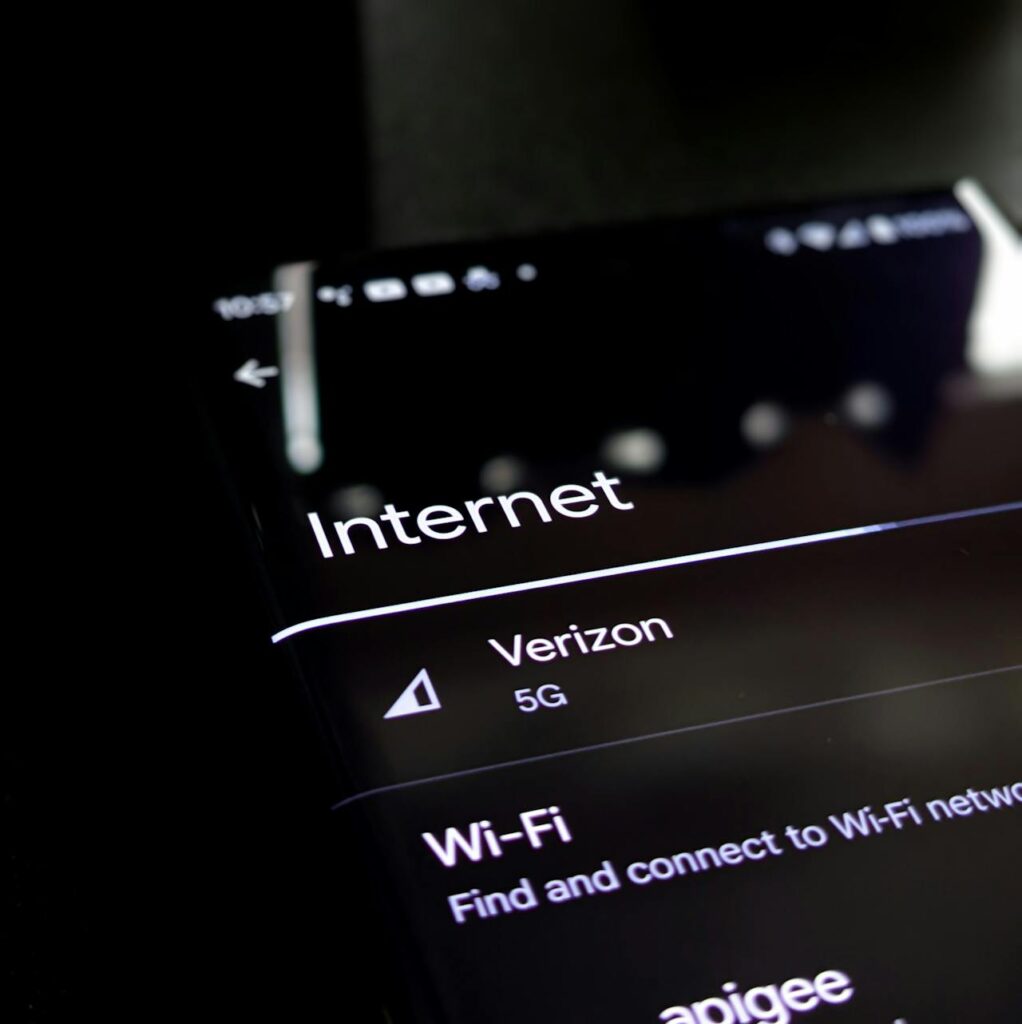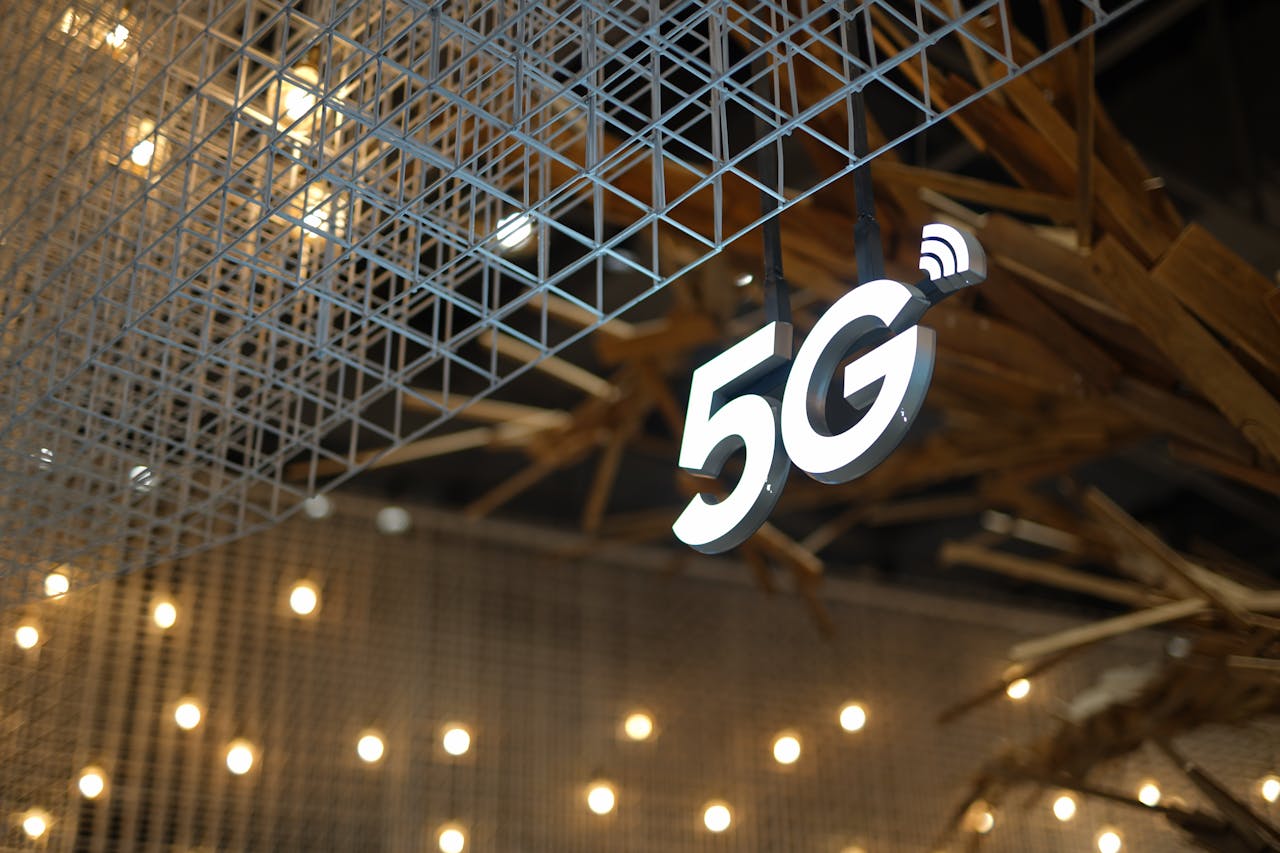Introduction and Overview of 5G Capabilities
Take a look at your phone; chances are, it’s already connected to 5G. Whether you’re streaming in 4K, playing online games without lag, or downloading large files in seconds, 5G has quietly upgraded our digital experience. But it’s more than just speed. Behind the scenes, businesses are using 5G to power automation, smart devices are communicating seamlessly, and entire industries are shifting toward real-time, data-driven operations.
At its core, 5G offers ultra-fast speeds, minimal delays, and the ability to connect millions of devices at once. Unlike older networks, it enables real-time communication, making technologies like self-driving cars, remote surgeries, and smart cities possible. With greater reliability and efficiency, 5G is opening new doors for IoT, AI, and cloud computing. As adoption grows, this technology will continue to reshape industries and everyday life in ways we are only beginning to see, offering the potential to create smarter, more connected communities.
Transforming Business Operations and IoT
5G is not just improving mobile networks; it’s transforming how businesses operate. With faster speeds and lower latency, companies can process real-time data, automate tasks, and enhance efficiency. In manufacturing, 5G-powered robots and AI systems streamline production, reduce errors, and cut costs. In healthcare, remote surgeries and AI-assisted diagnostics are becoming a reality, improving patient care even in remote locations.
The Internet of Things (IoT) is also expanding rapidly with 5G. Smart homes, connected vehicles, and automated supply chains rely on instant communication between devices. With 5G’s ability to support millions of connections, businesses can monitor operations, track shipments, and improve customer experiences. As industries continue to integrate 5G, we will see a shift toward smarter, more connected systems that improve both convenience and productivity, helping to create a more sustainable and efficient future.

Future Growth Projections and Challenges
5G adoption is accelerating as more businesses and countries invest in expanding its reach. Experts predict that by 2030, 5G will power advanced technologies like smart cities, autonomous transportation, and AI-driven automation. Businesses will rely on 5G for real-time decision-making, improving efficiency and customer experiences. As technology evolves, even newer innovations like 6G will begin emerging, pushing connectivity even further, driving us toward a more integrated and digitally advanced world.
However, challenges remain. The high cost of 5G infrastructure makes it difficult for some regions to adopt quickly. Security risks are another concern, as more connected devices mean a higher risk of cyberattacks. Additionally, 5G requires a dense network of small cell towers, raising concerns about coverage in rural areas. Overcoming these challenges will require collaboration between governments and businesses to ensure 5G becomes accessible, secure, and efficient for everyone.
5G vs. 4G: Difference
While 4G was a breakthrough when it launched, 5G takes connectivity to a whole new level. The biggest improvement is speed. 5G can be up to 100 times faster than 4G, making downloads and streaming nearly instant. It also has much lower latency, meaning less delay when sending and receiving data. This is crucial for applications like online gaming, video calls, self-driving cars, and remote-controlled surgeries.
Another key difference is capacity. 4G networks slow down when too many devices connect at once. 5G, however, can support millions of devices in the same area, making it ideal for IoT and smart cities. Businesses can leverage 5G to run cloud-based applications, automate processes, and enhance customer experiences. However, 5G requires more infrastructure, such as small cell towers, to provide consistent coverage. While 4G remains widely used, 5G is quickly becoming the new standard for faster, smarter, and more efficient connectivity.
Conclusion
5G is more than just an upgrade, it’s a revolution in connectivity that is shaping the future of businesses, technology, and everyday life. With ultra-fast speeds, low delays, and massive device capacity, it is driving innovations across industries, from healthcare to manufacturing. The impact on IoT is particularly significant, as smart devices and automated systems become more efficient and responsive, making daily tasks more streamlined and less time-consuming.
However, the road to full 5G adoption comes with challenges, including high infrastructure costs and security concerns. Despite these obstacles, the shift from 4G to 5G is already transforming the way we work, communicate, and interact with technology. As 5G continues to expand, it will pave the way for even more advancements, making our digital experiences faster, smarter, and more connected than ever before.
